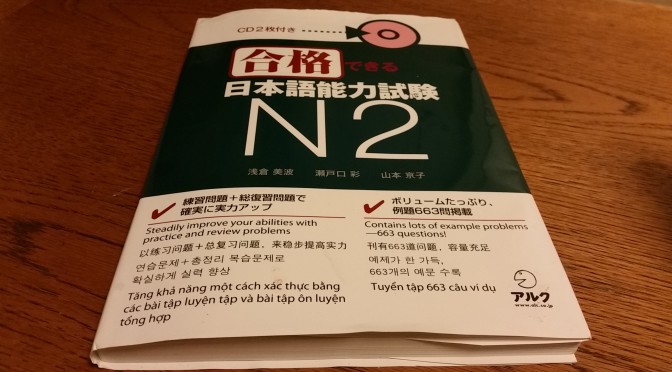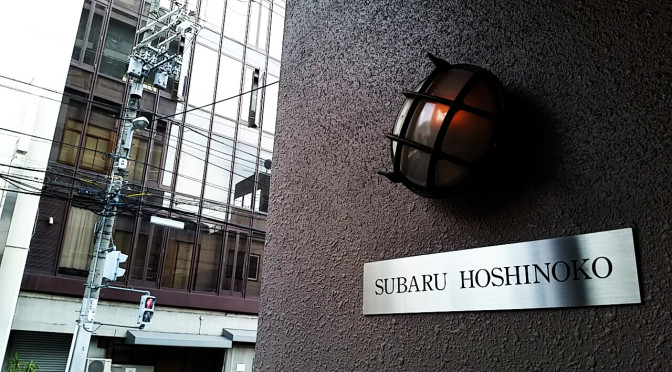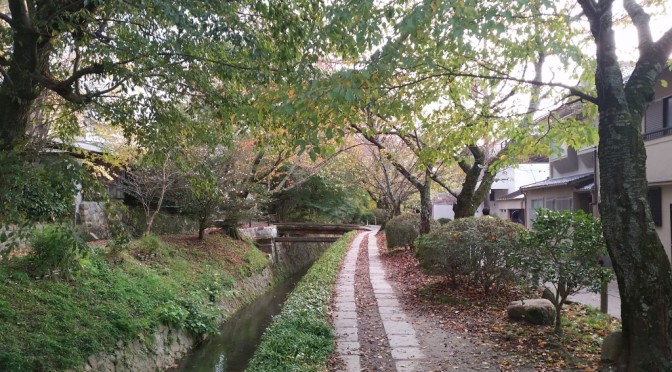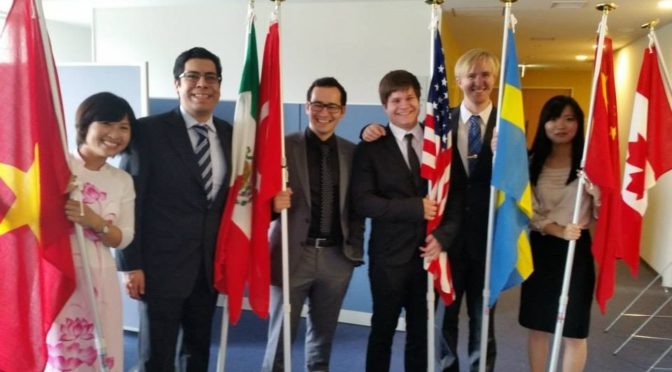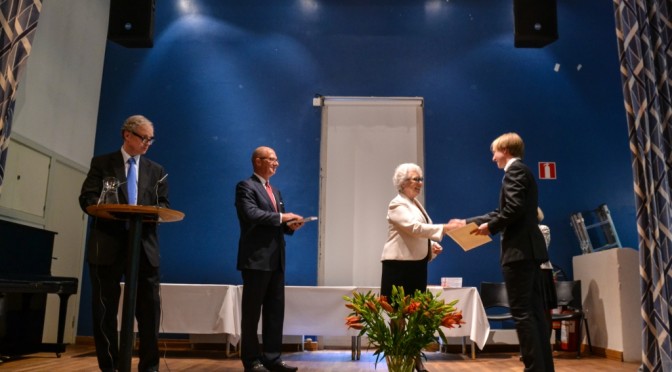This is how you beat the Japanese Language Proficiency Test (JLPT)!
JLPT is the Japanese equivalent of TOEFL or TOEIC and is a test that measures your Japanese linguistic competence. The test covers grammar, kanji, reading comprehension and listening skills. There are five levels ranging from N5(easiest) to N1(hardest). If you look at a typical Japanese recruitment add for foreigners, a certain JLPT level is often required.
The JLPT test is held twice in Japan, first Sunday in July and in December. I signed up for the July one on the Official JLPT webpage and have about one month left to prepare for the JLPT N2 level. I applied online and paid 5500 yen for taking the test.
I’m taking the test to challenge myself and to get more opportunities in the future.
To prepare for the test I got the book called Gogaku Dekiru Nihongo Nouryoku Shiken (JLPT), it has many example problems including two old practise tests!
To supplement this, I’m also using an app called kanji ninja (漢字忍者). It brings you through the kanji the Japanese elementary school students learn through year 1 to 6. It’s a simple, fun and motivating game with small lessons on where you type the right kanji with the correct stroke order to pass.
If I have problem memorizing a kanji, I’ll use Heisigs remembering the kanji method together with kanji koohii.
日本語能力試験合格
これは、日本語能力試験(JLPT)の合格方法です!
日本語能力試験は、TOEFLやTOEICの日本語版なので、自分の日本語言語能力を測定する試験です。テストは傾聴力, 読解力、漢字、文法についてです。 N5(最も簡単)からN1(最も難しい)までの5つのレベルがあります。外国人採用の日本の典型的な募集を見ると、特定のJLPTレベルがしばしば必要とされています。
JLPTは日本で、7月と12月の最初の日曜日に年に2回開催されています。私は日本語能力試験の公式のWebページ上で7月の試験にサインアップし、今からJLPT N2レベルの準備をするための期間が約1ヶ月間残っています。私はオンラインで申し込み、テストを受けるために5500円を払いました。
私は自分自身に挑戦し、将来的にはより多くのチャンスを得るためにテストを受けています。
テストの準備をするために、私は合格できる日本語能力試験(JLPT)という本を買いました。その本は過去の2つの試験を含んだ多くの例題集を掲載しています。
これに加えて、私はまた、漢字忍者と呼ばれるアプリを使用しています。それは小学生が一年生から六年生にかけて、習う漢字を教えてくれます。簡単で楽しく、書き順を正しく書く、小さい問題でやる気をあげさせてくれます。
私は漢字を覚えるのに苦戦したら、漢字コーヒーと一緒に漢字方法を覚えるHeisigの本を使用します。
日本語の学習の更なるヒントはこちらをご覧ください!
